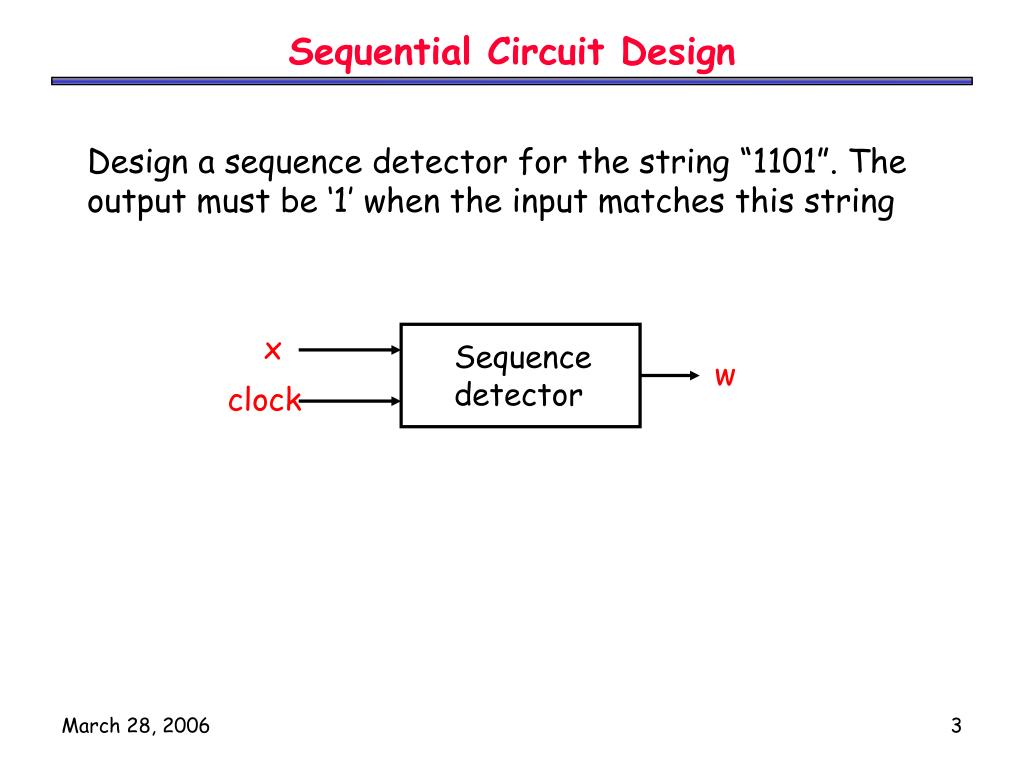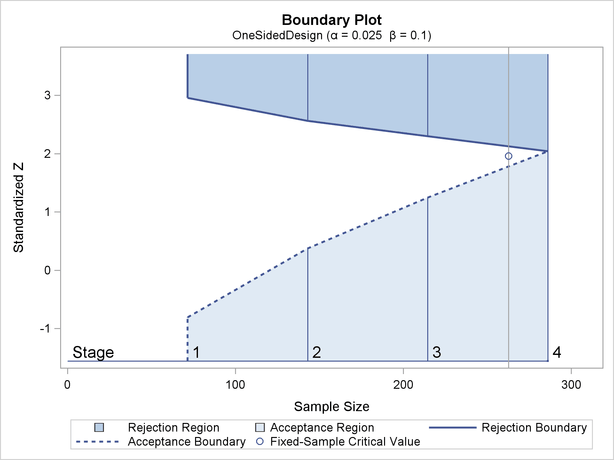Table Of Content

The process for categorising these codes involved reference to the questions, where a code-synthesis and categorisation process was applied consistently with the process described by Adu [49], as shown in Figure 2. The QUAN data was numerical, and the coding was performed in the survey questionnaire itself, making further coding post-data collection unnecessary. After the model fit criterion is met, further statistical analysis deals with the model variables and targets how the model variables behave when correlated to each other.
3. Population and Sampling of the QUAN Study
Gogo and Musonda [26] state that this typology forms the basis for the background input for the methodology section described in this paper. The literature demonstrated that leadership is implicitly and explicitly related to H&S outcomes. The eight hypotheses developed from the literature review showed that leadership positions are challenging and require greater comprehension to ensure a decrease in the rates of injury to workers.
Cross-Sequential Study Advantages and Disadvantages
This is not a shortcoming of Maxwell’s approach, but it indicates that to support the design of mixed methods research, more is needed than Maxwell’s model currently has to offer. Edmonds and Kennedy [1] defined the exploratory sequential technique as a progressive strategy that is used anytime that quantitative (QUAN) results are augmented by qualitative (QUAL) data. As a result, quantitative data analyses and explains the QUAL results in succession.
3. Future Study Focus
GT-R 6 Speed Sequential Gearbox - Engine Builder
GT-R 6 Speed Sequential Gearbox.
Posted: Thu, 28 Jul 2022 07:00:00 GMT [source]
We again omit the details on how to derive the distribution, but as you can see, the correlation leads to a flattened bell curve, which in the independent case before was perfectly symmetrical. Also the amount of correlation is proportional to the data overlap of the stages. For example, if the first stage used 5 instead of the 10 data points, the stages would be less correlated and therefore the bell curve less flattened. From the QUAL study, 387 (43 × 9) responses were collected and transcribed verbatim, then coded into 86 codes (74 deductive and 12 inductive) and 23 anchor codes. From the QUAN study, 7826 (43 × 182) responses were collected and transcribed, and then 43 codes (ordinal, 5-point Likert scale) were developed for the data for analysis.
Understanding group sequential designs
Although one study could have only one purpose, one point of integration, et cetera, we believe that combining “designs” is the rule and not the exception. Therefore, complex designs need to be constructed and modified as needed, and during the writing phase the design should be described in detail and perhaps given a creative and descriptive name. We agree with Greene (2015) that mixed methods research can be integrated at the levels of method, methodology, and paradigm.

2. PHASE 2: Integral Analysis of Inter-Paradigmatic Connection
What if there was a way to combine cross-sectional and longitudinal designs to reap the benefits of both? Cross-sequential design involves observing multiple groups at a single time point (i.e. the cross sectional aspect of this type of study). Then, at least one follow-up observation is conducted for all groups (i.e. the longitudinal aspect of this type of study). The purpose of this article is to help researchers to understand how to design a mixed methods research study.
The power of mixed methods research is its ability to deal with diversity and divergence. In the literature, we find two kinds of strategies for dealing with divergent results. A first set of strategies takes the detected divergence as the starting point for further analysis, with the aim to resolve the divergence. One possibility is to carry out further research (Cook 1985; Greene and Hall 2010). One can also look for a more comprehensive theory, which is able to account for both the results of the first component and the deviating results of the second component.
Subsequently, they are subjected to 100,000 iterations using the Monte Carlo method to determine their impact on the study object. This study design shares some of the disadvantages of cross-section and longitudinal designs, and some of the problems are amplified. In a (group) sequential study design, samples are analyzed in a sequence where at each stage all the data from earlier stages are combined with the data of the current stage. This article is intended to give a gentle mathematical andstatistical introduction to group sequential design. We also providerelatively simple examples from the literature to explain clinicalapplications.
1. Mixed Methods Research Designs
These generic results are above 0.73 on average, with the Percentage Agreement exceeding 90%, signifying that the results are all within the acceptability criteria set for each of the reliability methods defined under Section 3.8 of this paper. This provides confidence that the coding process adopted offers sufficient accuracy and relevance and that the data analysis method will render accurate results. No, that would not be a valid conclusion because the researchers did not follow individuals as they aged from 20 to 50 to 80 years old. One of the primary limitations of cross-sectional research is that the results yield information about age differences not necessarily changes with age or over time. It could be, for instance, that when these 20-year-olds get older (50 and eventually 80), they will still score just as high on the intelligence test as they did at age 20. In a similar way, maybe the 80-year-olds would have scored relatively low on the intelligence test even at ages 50 and 20; the researchers don’t know for certain because they did not follow the same individuals as they got older.

Since longitudinal research happens over a period of time (which could be short term, as in months, but is often longer, as in years), there is a risk of attrition. Participants may move, change their phone numbers, die, or simply become disinterested in participating over time. Researchers should account for the possibility of attrition by enrolling a larger sample into their study initially, as some participants will likely drop out over time. There is also something known as selective attrition—this means that certain groups of individuals may tend to drop out. It is often the least healthy, least educated, and lower socioeconomic participants who tend to drop out over time. That means that the remaining participants may no longer be representative of the whole population, as they are, in general, healthier, better educated, and have more money.
While calculating probabilities of group sequential designs can be considered somewhat complex, it may be less difficult than most people think. This vignette provides a visual explanation of the underlying method to help forming an intuitive understanding of this topic. The author is convinced that gaining an intuitive understanding of these calculations helps when applying and interpreting such designs in practice. The raw data was assessed for parametric or non-parametric fit before picking a particular tool for model fit and hypothesis testing [44,53].
In mixed methods, the following three types of research design can be grouped as techno-methodological strategies [3], as interpreted by [4]. They offer information in a short amount of time in that you have several groups being studied. You also have individual differences recorded over the long term so that a researcher can look at larger effects and trends. For example, the researcher can examine the effects of the previously mentioned memory pill by giving it to a single group and observing their behavior across multiple study sessions. Probably the most popular group sequential design is the O’Brien-Fleming design. For our two-stage scenario with half of the sample used in each stage, it looks like this.
First, Morse and Niehaus contend that the supplemental component can be done “less rigorously” but do not explain which aspects of rigor can be dropped. In addition, the idea of decreased rigor is in conflict with one key theme of the present article, namely that mixed methods designs should always meet the criterion of multiple validities legitimation (Onwuegbuzie and Johnson 2006). On the basis of these dimensions, mixed methods designs can be classified into a mixed methods typology or taxonomy.
Sequential finally announce Take 5 compact polyphonic synth - Mixdown
Sequential finally announce Take 5 compact polyphonic synth.
Posted: Tue, 24 Aug 2021 07:00:00 GMT [source]
We agree with Greene (2007), who states that the value of the typological approach mainly lies in the different dimensions of mixed methods that result from its classifications. In this article, the primary dimensions include purpose, theoretical drive, timing, point of integration, typological vs. interactive approaches, planned vs. emergent designs, and complexity (also see secondary dimensions in Table 1). Unfortunately, all of these dimensions are not reflected in any single design typology reviewed here. A second merit of the typological approach is the provision of common mixed methods research designs, of common ways in which qualitative and quantitative research can be combined, as is done for example in the major designs of Creswell and Plano Clark (2011). Contrary to other authors, however, we do not consider these designs as a feature of a whole study, but rather, in line with Guest (2013), as a feature of one part of a design in which one qualitative and one quantitative component are combined.
First, according to Flick, the interview-based QUAL methodological technique is suitable for resolving unresolved issues and developing and extending ideas based on such discoveries [7]. Interviews generate extensive data that allows subdomains of ideas to be studied. Furthermore, interviews are a direct data-collecting approach that is optimum for understanding issues’ complexity and depth. These collected ideas stemming from the rich data collected are used to reinforce the hypothesis [8]. When referring to the survey QUAN methodological approach, Bajpai [9] asserts that primary sources of data provide multitudes of benefits; it is noted that primary findings are frequently pertinent to the research objectives since they are collected on an individual basis.

No comments:
Post a Comment